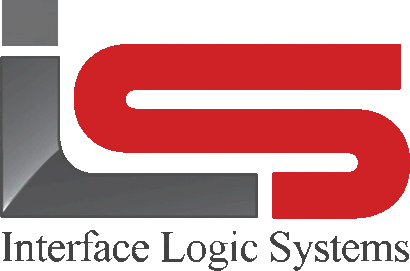Your Cart is Empty
Shop
Truck View | Weighing With ScaleQ
August 07, 2019 2 min read
The truck view is the most important of the file records.
The truck and its weight trigger all other business processes. These records represent individual vehicles being weighed. Trucks may be associated with customer, haulers, jobs and materials. Truck data includes these plus information about maximum weight, license, tare and reweigh interval. When starting a weigh operation, truck is the first and key field that is entered, since net weight is dependent upon the gross (loaded) weight minus the vehicle's tare (empty) weight, which is unique to the vehicle.
Trucks may be assigned to a hauler, typically to permit reporting by hauler with truck sub-totals. The ability to use stored tare weights is enabled by assignment of a reweigh interval (the number of days a stored weight may be used after capture). Default hauler, customer, job and material may be assigned to a truck. Default data will be automatically entered into the transaction data entry screen, subject to operator override.
A truck could be stand-alone, as with a private party pickup truck getting a load of mulch or dropping off several old appliances for recycling. One factor is whether the truck is a billable customer or a cash customer.

The screenshot above is an example of the truck browse window.

The above screenshot is an example of a truck record.
The options are:
- Name - The name of the truck company.
- Hauler - The code of a hauler the truck may be associated to.
- Customer - The code of a customer the truck may be associated to.
- Job - The code of a job the truck may be associated to.
- Material - The code of a material the truck may be associated to.
- License - The truck's license number.
- Maximum weight - The maximum weight the truck may be loaded to; if exceeded, a warning will be shown and the truck cannot complete the transaction until the weight is less than the maximum.
- Reweigh interval - The number of days a stored weight may be used after capture. If set to zero (0), the ability to use stored tare weights is disabled. Violations and daily loads and tons are accumulated values.
A special sub-record for a truck is a tare. This stores the most recently captured tare weight, which may be used for a single-pass, "stored tare" weighing. The date of the tare capture is stored and used by the reweigh interval.


The first image above is a tare record. The second image above is a tare record with data. Note that when the tare record is first created the operator can assign a code. However, once the tare is created all fields are locked from changes.To keep truck and tare records up to date, use the file maintenance feature.
Leave a comment
Comments will be approved before showing up.
